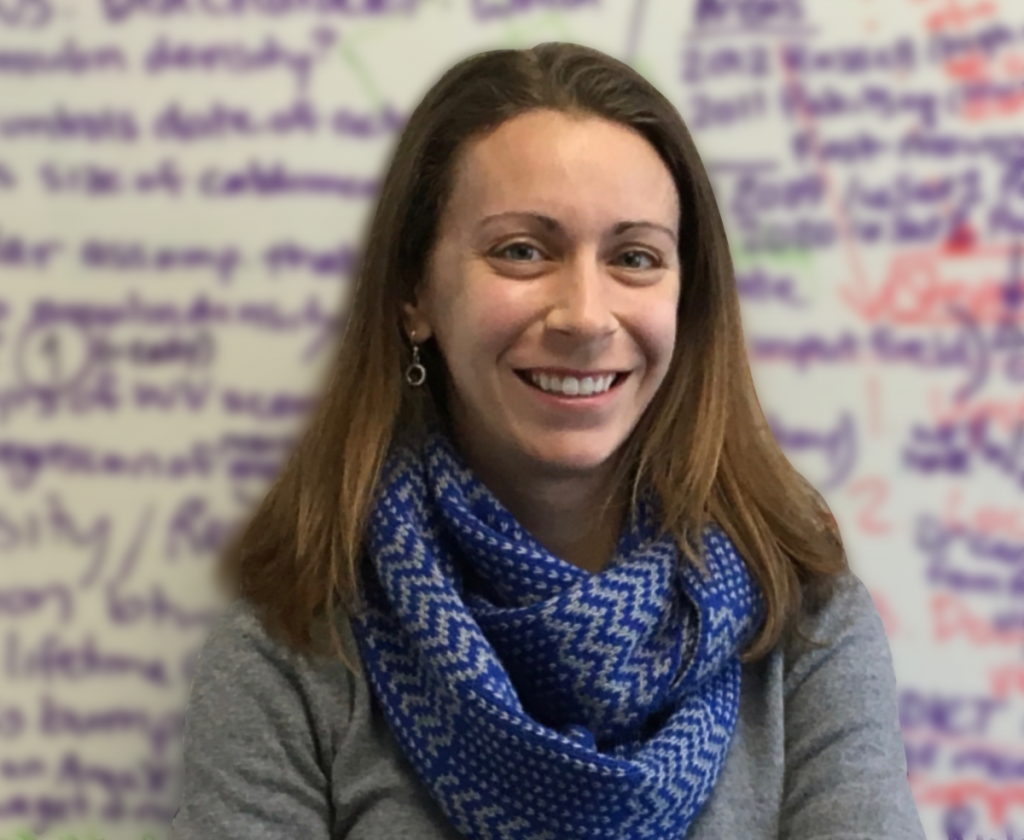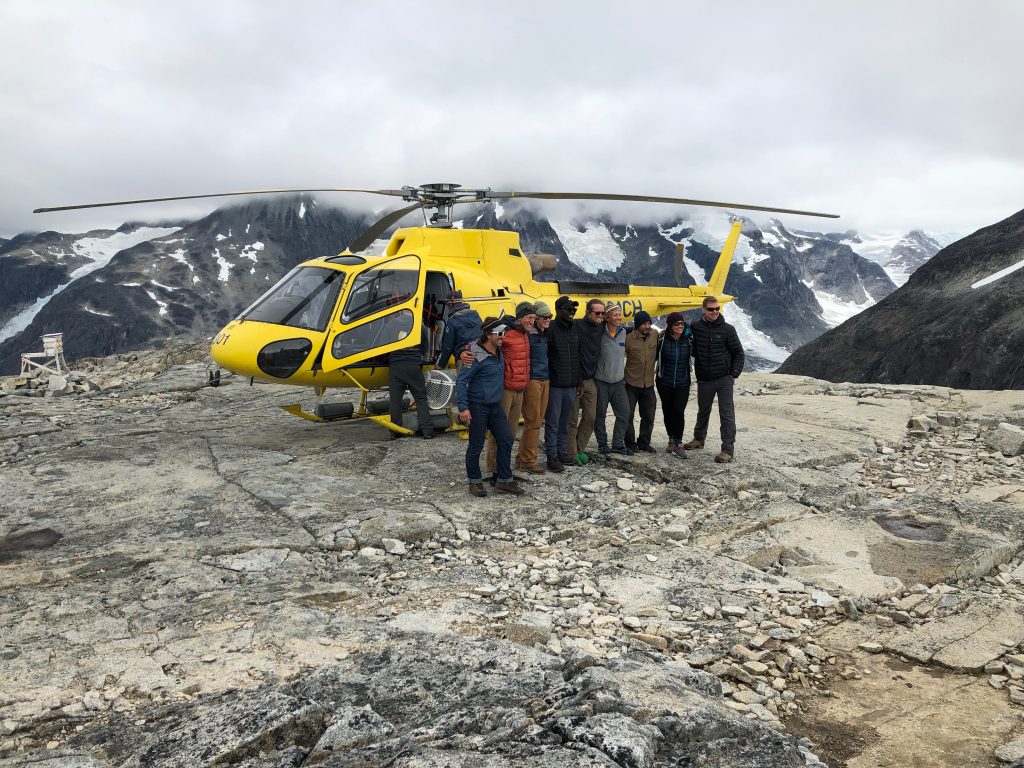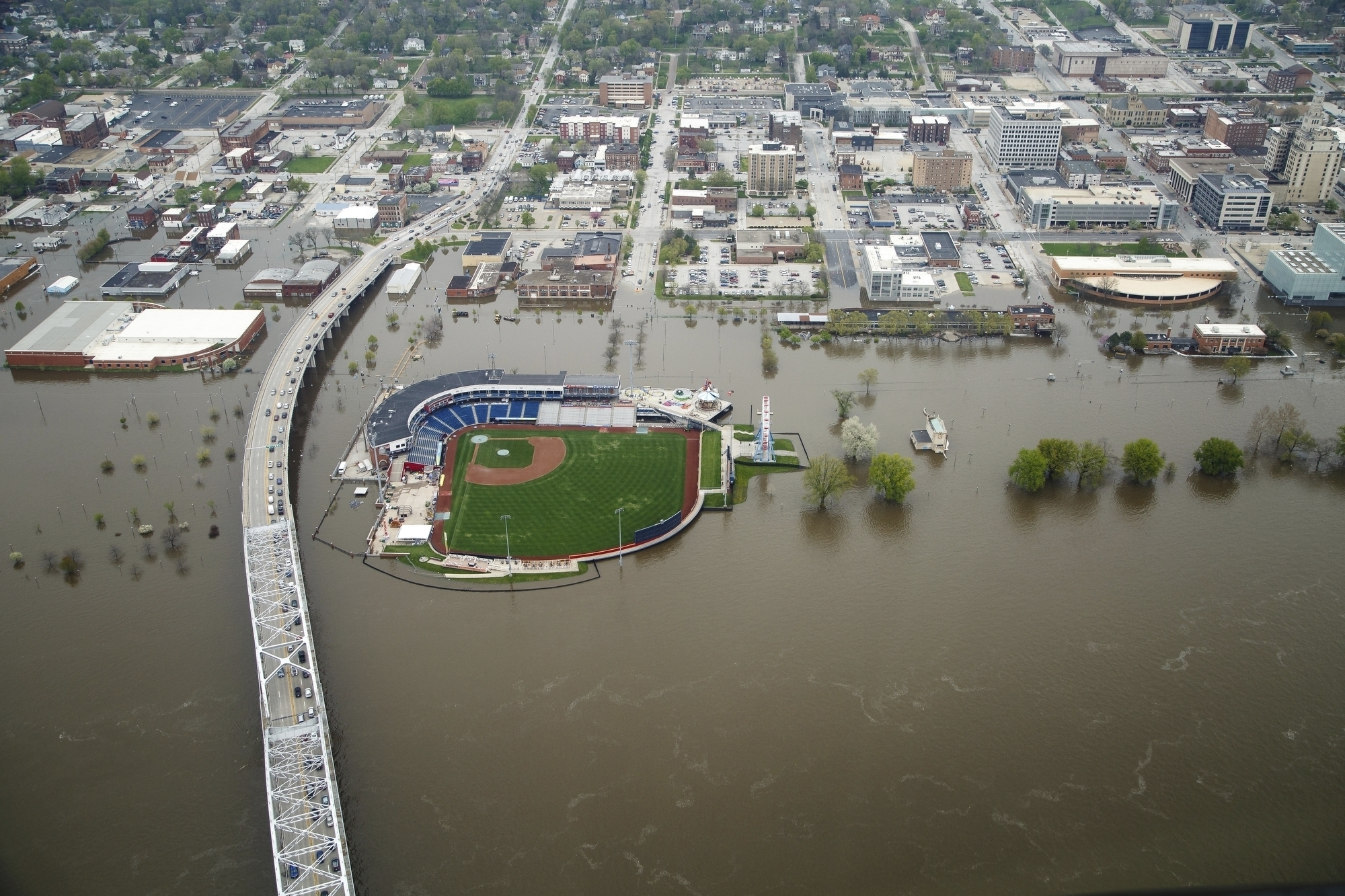
My research centers on interactions between meltwater and glacier flow, especially on the Greenland Ice Sheet. I develop numeric models, analyze remote-sensing data, and collect field observations to answer questions about glacier flow, which directly affects sea-level rise, a cause of current and future global-scale societal and infrastructure issues. I adapt many of my research tools from adjacent fields and apply them to investigate where and when meltwater reaches the base of glaciers, how it affects ice flow, and how the water dynamics of Earth’s glaciers will change in future climates. My research spans tools (modeling, field work, and remote sensing) and fields (glaciology, geophysics, and Earth-systems science). I draw greatly on interdisciplinarity. I choose questions that are both tractable through adaptation and development of new tools, especially models, and relevant to societal-scale issues, especially prediction of forthcoming sea-level rise in future decades.

I came to glaciology after studying physics at my undergraduate school, Case Western Reserve University in Cleveland, Ohio. The latest report from the Intergovernmental Panel on Climate Change (IPCC) at that time, the 4th Assessment Report (AR4), was making headlines as it showed that man-made climate change was very clear and very severe. 
Unprecedented spring flooding in Davenport, Iowa due to heavy precipitation across the Mississippi River region.
Photo May 1, 2019 by the Des Moines Register
The AR4 also found that the future behavior of ice sheets was less clear. This was because some of the glaciers in Greenland and Antarctica were speeding up faster than our ice-sheet models, at the time, were predicting. This interested me: I thought I could use what I had learned during my physics major to contribute toward developing and improving ice-sheet models. I headed to the University of Washington in Seattle to work on a PhD in glaciology with Ian Joughin (awesome advisor, person, and scientist). After that, I was lucky enough to work with Sophie Nowicki (ditto) at NASA Goddard Space Flight center as an NPP postdoc. My focus has been on ice dynamics and thermodynamics in Greenland.
Our scientific community is making lots of progress in glaciology, sea-level rise science, and how Earth’s ice sheets will affect Earth’s people in the decades to come. The newly narrowed uncertainties in future ice-sheet behavior (see the IPCC AR6, 2021 and the Special Report on the Ocean and Cryosphere in a Changing Climate, 2019) are testaments to our collective progress.
Looking ahead, glaciology is buckled in for another round of innovation, this time thanks to ICESat-2. This satellite is collecting precise elevations of the earth’s surface — including and especially the surfaces of glaciers and ice sheets — photon by photon, every 0.7 meters as it moves through its orbit. We’re now able to see changes at all spatial scales, from full-continent (or full largest-island) to individual crevasses.

Outside of glaciology, I have fun with rock climbing, bicycling, ultimate frisbee, exploring the wildlife and natural world around western New York and the world, and wandering through the cityscape in Buffalo.
